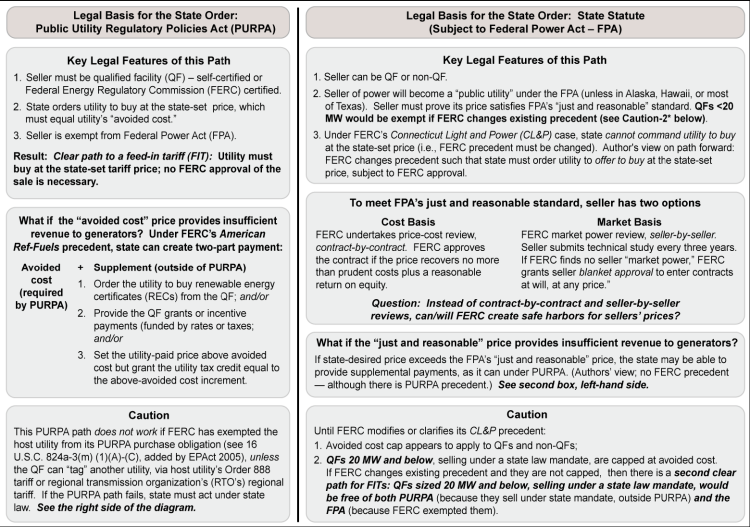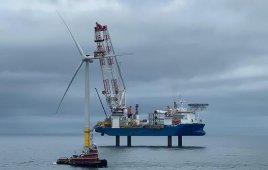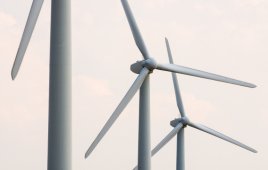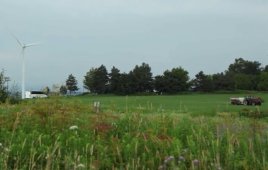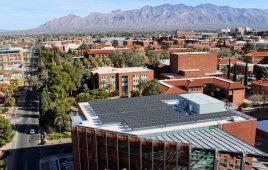In a technical report NREL issued, “Renewable Energy Prices in State-Level Feed-in Tariffs: Federal Law Constraints and Possible Solutions,” the organization discusses how state legislatures and their utility commissions seeking to attract renewable energy projects are considering arrangements called “feed-in tariffs.” These would obligate retail utilities to purchase electricity from renewable producers under standard arrangements that specify prices, terms, and conditions. This standardization simplifies purchasing, provides revenue certainty to generators, and is said to reduce the cost of financing generating projects.
However, two statutes — the Public Utility Regulatory Policies Act of 1978 (PURPA) and the Federal Power Act of 1935 (FPA) — limit the discretion of state-level tariff designers. So the National Renewable Energy Laboratory (NREL) was asked to explore how states can lawfully implement feed-in tariffs.
There is no official definition of “feed-in tariff, “ but a technical report issued by NREL assumes the tariff is the result of a legal mandate. A state wishing to create that mandate has two options: rely on the purchase obligations under PURPA, shaping the state-level requirements to satisfy PURPA’s constraints (sellers under this approach don’t need to comply with the FPA). Or, the state can rely on a state statute independent of PURPA (where sellers must comply with the FPA unless the Federal Energy Regulatory Commission (FERC) has exempted them).
For states relying on the PURPA mandate, certain feed-in tariffs are possible without action by FERC or Congress. The problem is that utilities can now seek exemption from the PURPA purchase requirement. Under PURPA amendments enacted in 2005, FERC has exempted some utilities from their PURPA obligation to buy power from qualifying facilities with capacities greater than 20 MW. If states with jurisdiction over these utilities wish to establish feed-in tariffs, they will have to create a mandate under state law and the sellers will need to comply with the FPA.
Given FPA requirements, a state-level feed-in tariff outside of PURPA isn’t legally possible in the United States today. But, a clear path to state-level feed-in tariffs, outside of PURPA, would open for small qualifying facilities if FERC clarified or modified its precedents.
The report concludes there are paths to non-preempted, state-level feed-in-tariffs under current federal law. These paths would either be available now with no further action available by FERC, would become available if the FERC clarified or modified its precedents, or would become available if the FERC issued new rules, declaratory orders, or both to provide guidance that rendered state-set tariff prices lawful under the FPA.
Additional paths are also possible if Congress amends PURPA or the FPA to remove or reduce existing statutory constraints. Detailed discussions involving states, FERC, renewable producers, utility buyers, and possibly congress will be necessary to create a legal context in which states can enact feed-in-tariffs.
Congress could modify PURPA and the FPA to allow states to establish feed-in tariffs unconstrained by current federal law. The intent behind such an amendment would be to create exceptions from PURPA, the FPA, or both, for renewable sellers in states that make known tariffs having certain characteristics. The result would be to entrust in the sellers an automatic right to sell under state programs.
National Renewable Energy Laboratory
Filed Under: Policy

